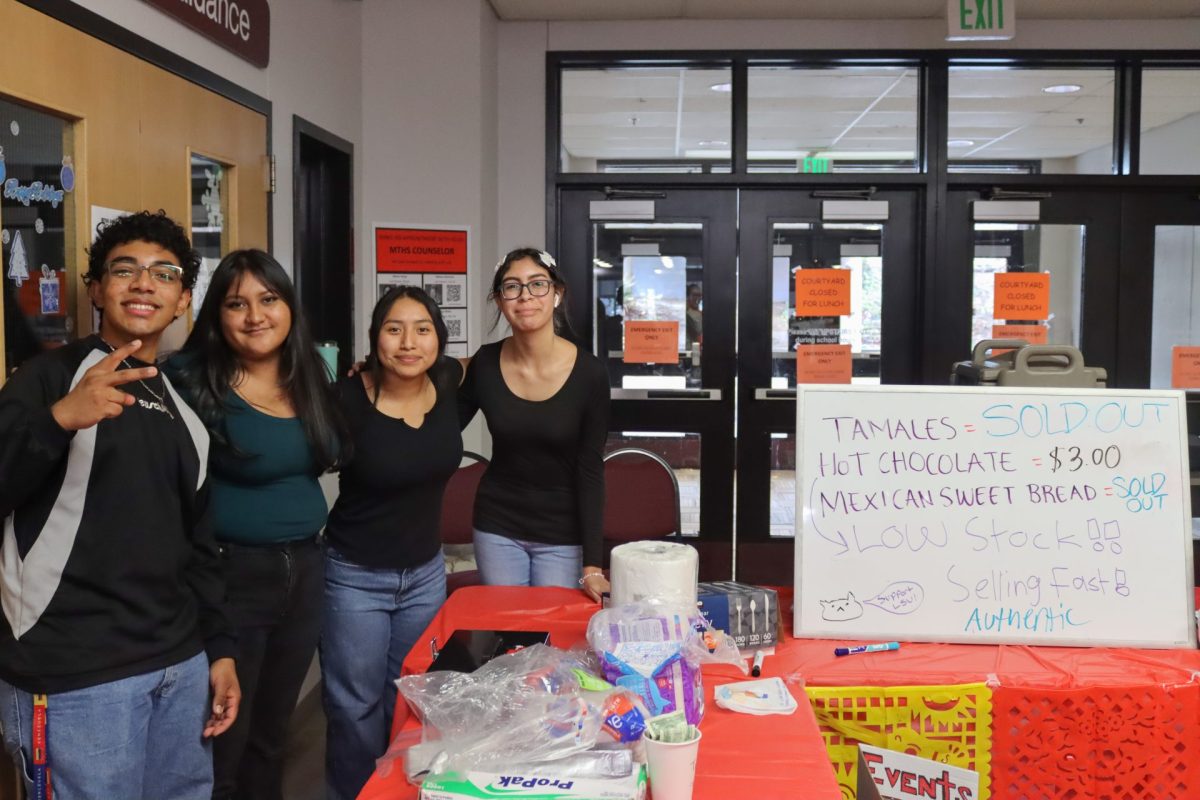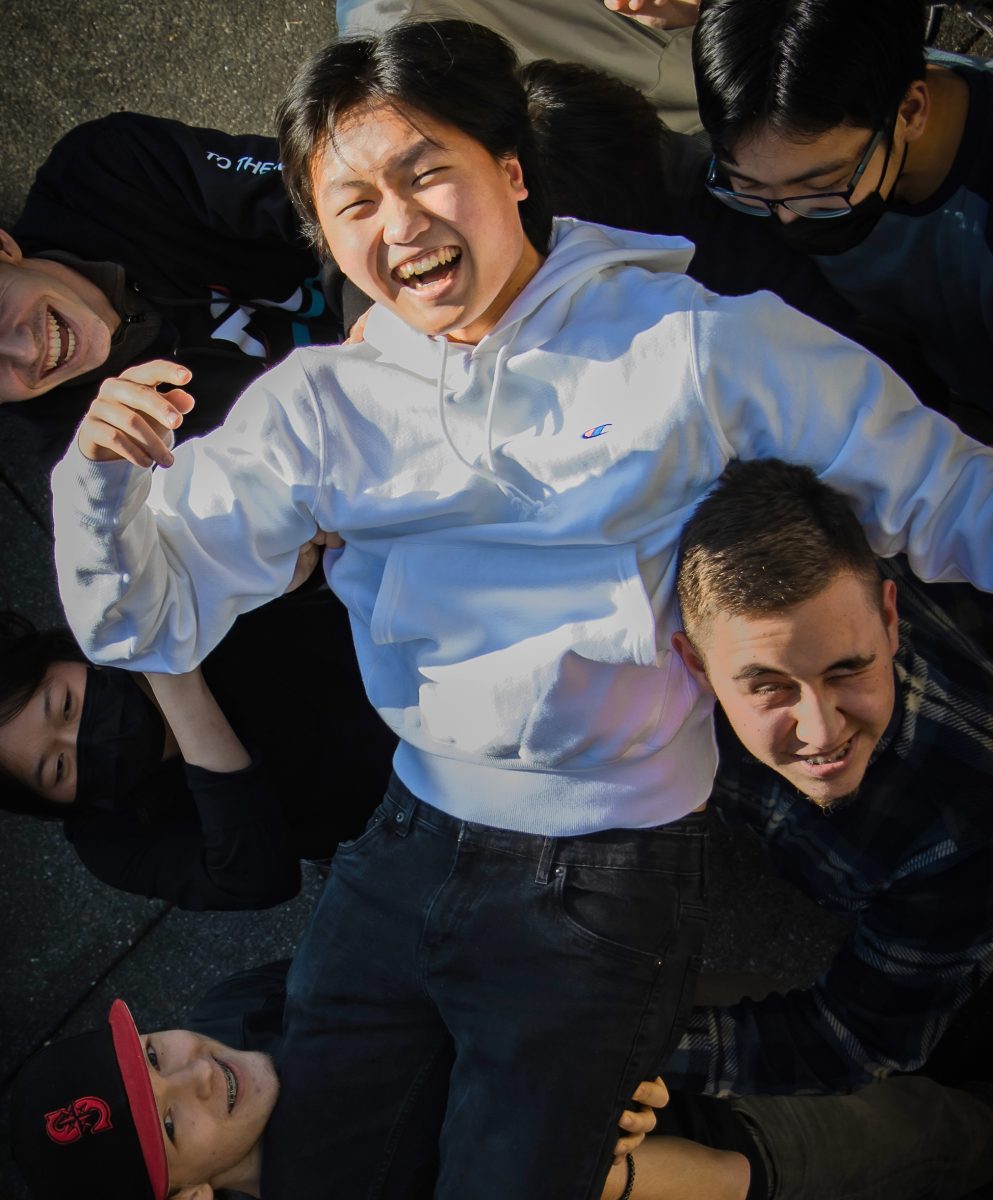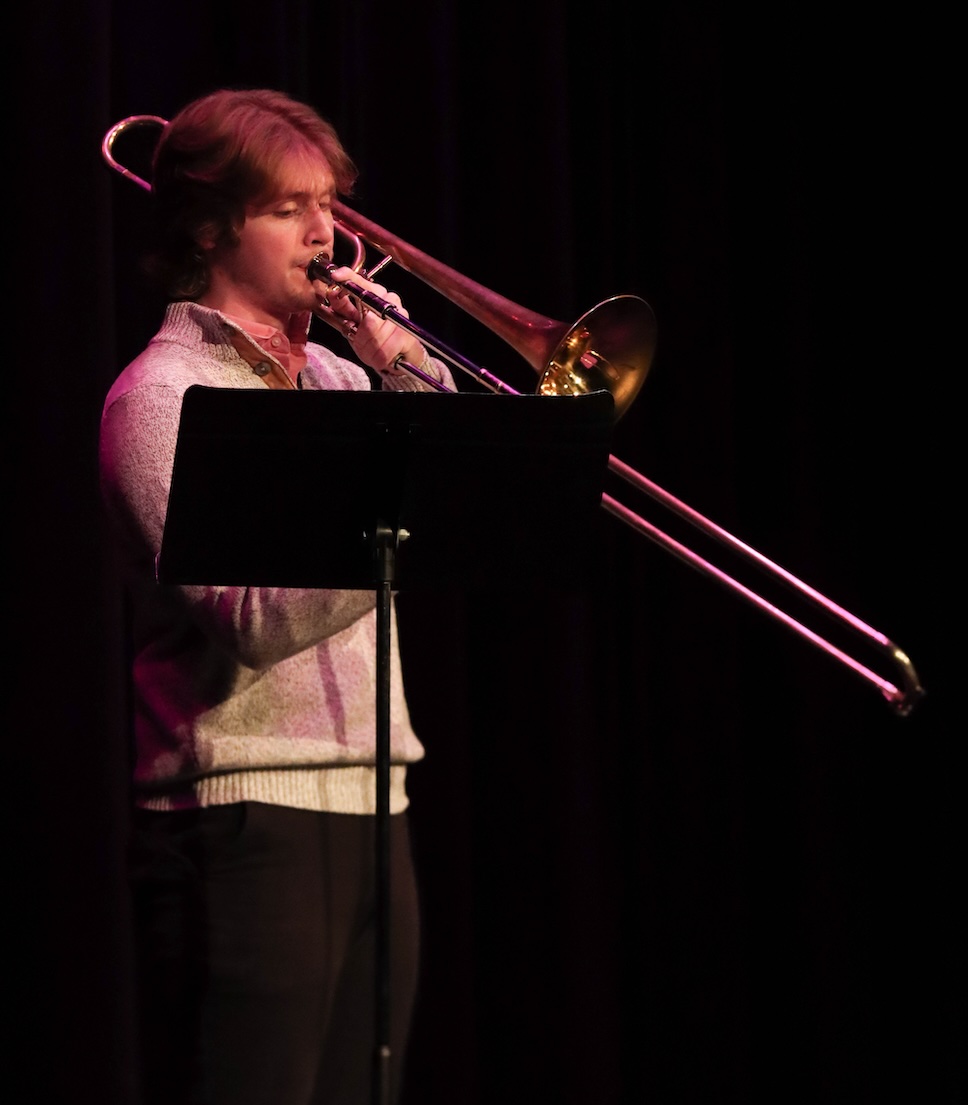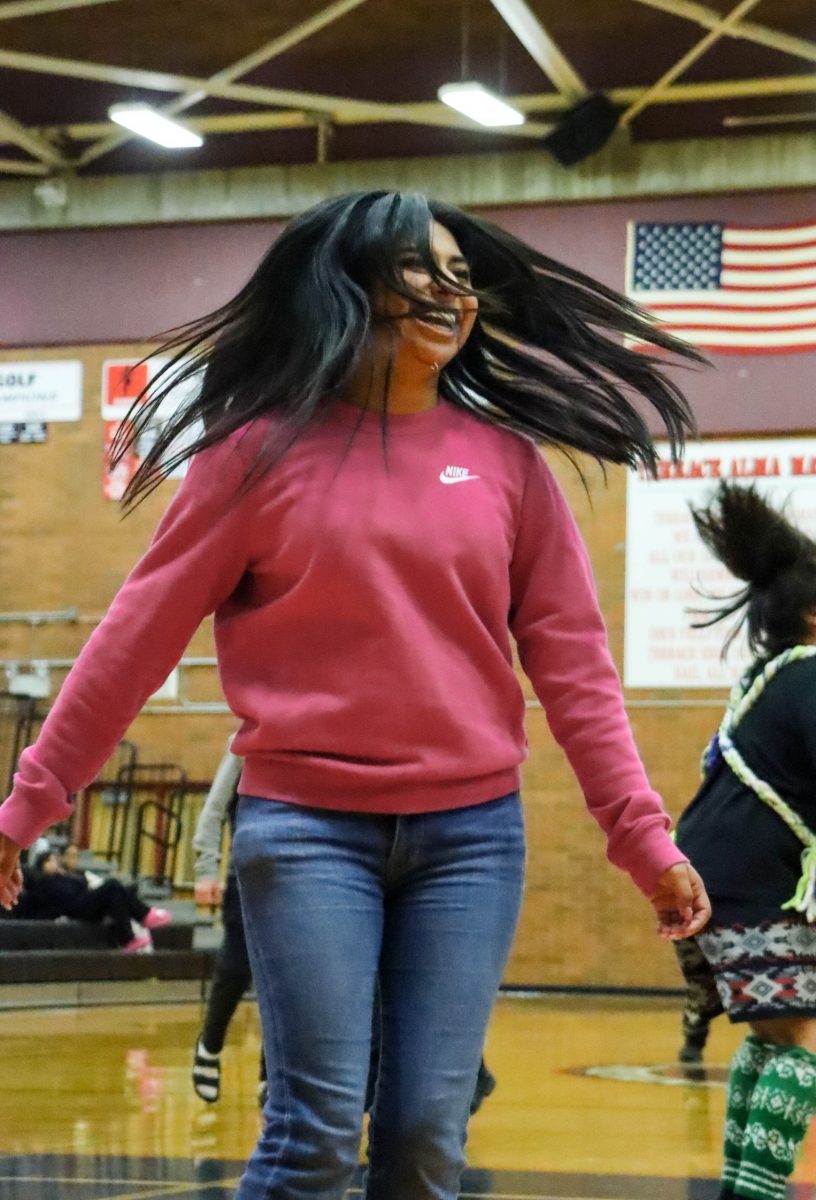The 1962 World’s Fair put Seattle on the map. It opened up visitors’ minds to the future and gave them a glimpse of what was to come.
Science was one of the main focuses and was presented as the “way of the future.” What do the Pacific Science Center, KeyArena, the Monorail and the Space Needle have in common? These key attractions were created in preparation for this big event.
The Monorail was constructed on 5th Avenue, right along the heart of the fairgrounds and downtown district. The track only ran 1.3 miles, but there were plans to expand after the fair had ended, which were talked about for decades later but never acted upon. It dazzled guests with its sleek design and modern feel.
Eddie Carlson came up with the idea of the iconic Space Needle that fascinated millions of people. He met with Jim Douglas, who was the vice president of construction for the fair and presented his idea of a “flying saucer” restaurant on top of a tall spire. John Graham, an architect, liked the idea as well and came up with the revolving restaurant modification so guests can enjoy a 360-degree view of Seattle while they enjoy their meals. Construction began on this new-age building in 1961 and was constructed within 400 days. It was considered to be a remarkable feat.
People became intrigued with this unique design as more and more was being built. Coverage in publications like Life and The New York Times drew people’s attention not only on the west coast, but also on the east coast. People began to plan to make the trek out to Washington to see this magnificent sight for themselves. The fair was open from April 21 to Oct. 21, 1962 and around nearly 10 million people visited Seattle to experience the future, ahead of schedule.
It was called the “Century 21” fair. This year is the 50th anniversary of that memorable point in history and it is not going unnoticed. Seattle Center is hosting a six-month celebration called the Next Fifty to carry on the legacy of the “Century 21” fair.
Improvements and modifications to the current Seattle Center and surrounding area include new artwork, new vendors, and new exhibits.
The Center House is being renamed the Seattle Center Armory to honor its military origins from 1939. The Next Fifty is a celebration of the progress made in the last half a century and the promise of what is to come in the next fifty years by the year 2062.
The eight main focuses are; arts, history, sustainable futures, science and technology, global health, learning, commerce and the innovation economy, and civic action. These areas are defined as the keys to future development and future leadership to challenge the community to rise to a standard of acceptance and to ultimately create world peace.
While asking current MTHS students and teachers what they believe Seattle will be like in 2062, Aysha Raza said, “I’m imagining very high tech buildings and tall buildings, and maybe even spaceships, flying cars maybe.”
The Next Fifty opened on April 21, 2012, but there are hundreds of events to participate in until the closing ceremonies in Oct. There are different exhibits, attractions, festivals, concerts, conferences, performances, lectures, films, sporting events, demonstrations, and so much more.
Math teacher, Dino Aristides, believes that in fifty years, “Seattle will become more expensive to live in and more populated and the traffic will get worse.” He thinks this because “a lot more high tech software firms will move here. So it should bring in a higher standard of living at least on the east side.”
The Space Needle was not left out of the festivities either. The top was painted back to its original color, called “Galaxy Gold,” and will remain the orange color for the remainder of the Next Fifty festival. A celebration was hosted at the Seattle Center on April 21, 1962 when the icon turned 50 years old. John F. Kennedy’s speech, which was given by phone during the fairs opening ceremonies, was replayed, and people came from all over the area to participate in the birthday bash.
The legacy of the Century 21, 1962 World’s Fair will not be forgotten. It lives on today in the lives of those who were able to experience its splendor and has been passed down to a new generation who plans to carry out the spirit into the next half century.







